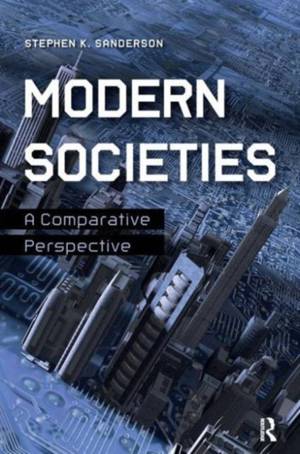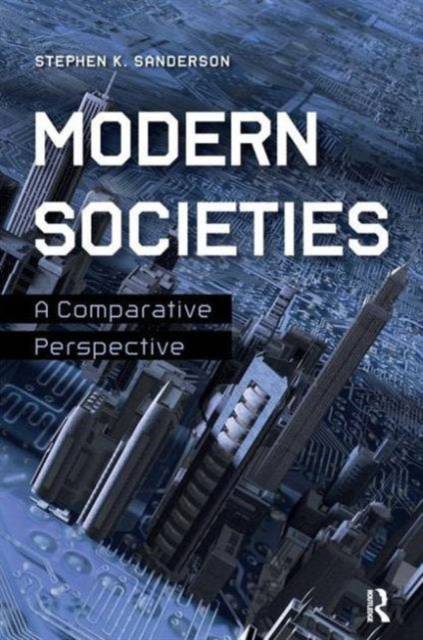
- Retrait gratuit dans votre magasin Club
- 7.000.000 titres dans notre catalogue
- Payer en toute sécurité
- Toujours un magasin près de chez vous
- Retrait gratuit dans votre magasin Club
- 7.000.0000 titres dans notre catalogue
- Payer en toute sécurité
- Toujours un magasin près de chez vous
Description
Sanderson explores the nature of the contemporary world's 200 societies by comparing and contrasting their basic institutions and patterns of social organization. Major topics include the rich democracies and how they became rich and democratic; the expansion of government and the welfare state; the collapse of Communism and the transition to postsocialist societies; the conditions of less-developed countries, with attention to those that are developing rapidly as well as those that continue to lag far behind; racial and ethnic divisions and conflicts worldwide; the gender revolution of the past fifty years and changing contemporary patterns of gender inequality throughout the world; major shifts in family patterns and the transition to below-replacement fertility; the global spread and expansion of mass education and educational credentialism; worldwide patterns of religious belief and practice; a detailed evaluation of the secularization thesis; economic, political, and cultural globalization; the nature of social and economic progress over the past two centuries; and nine predictions concerning the short-term and long-term future of the world. The book provides detailed and fully up-to-date statistical data on societies in forty-three tables.
Spécifications
Parties prenantes
- Auteur(s) :
- Editeur:
Contenu
- Nombre de pages :
- 230
- Langue:
- Anglais
Caractéristiques
- EAN:
- 9781612056685
- Date de parution :
- 30-01-15
- Format:
- Livre broché
- Format numérique:
- Trade paperback (VS)
- Dimensions :
- 152 mm x 226 mm
- Poids :
- 317 g

Les avis
Nous publions uniquement les avis qui respectent les conditions requises. Consultez nos conditions pour les avis.






